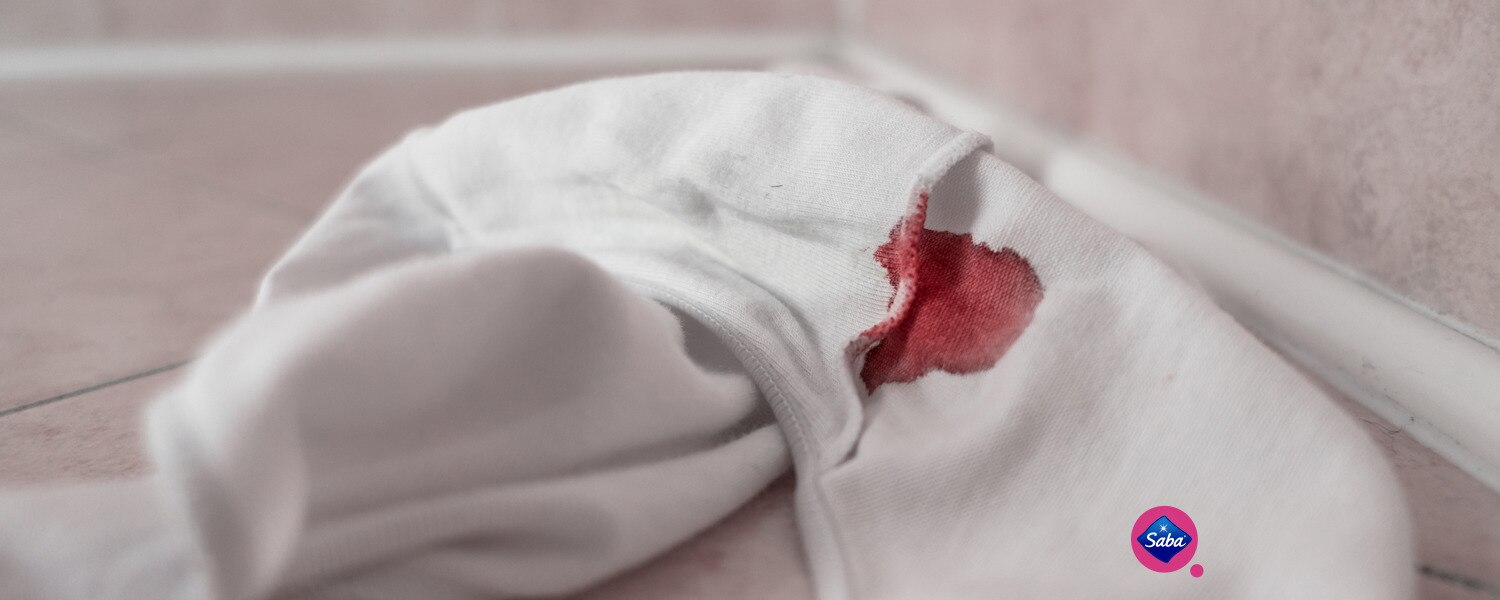Spotting during periods

Saba® makes you feel #CómodaContigo.
It can be a little scary when you notice traces of blood between periods, especially if your cycle is pretty regular. But there’s no need to panic. ‘Spotting’ can occur for a number of reasons, and most of them are harmless. But you should still get yourself checked out by your doctor. Just to be on the safe side.
So, what causes spotting? Well, it can be a variety of things. Ovulation (when one of your ovaries releases an egg), implantation (when an egg attaches itself to your uterine lining), hormonal fluctuations, using or quitting contraceptives or the use of an IUD (intrauterine device) could all be responsible.
Other causes are vaginal infections or chlamydia. It can also be a sign that you’re pregnant, and while spotting doesn’t always mean there is a problem with the pregnancy, it definitely needs to be checked out. Post-sex spotting can also, very occasionally, be a sign of cervical or vaginal cancer, so it’s important to have a smear test to check the health of your cervix. (We encourage you to read our article on HPV)
When you first start your periods it can sometimes take years for them to fall into a regular pattern, so this may mean you experience spotting in the meantime. And when approaching the menopause, your periods can become irregular and unpredictable, leading to harmless spotting. Any post-menopausal spotting, however, is a reason for concern.
So those are the causes, but what can you do about spotting? Well, once you’ve worked out why it’s happening, use a liner like Saba® Diarios Regular to protect your clothing and also keep some handy in case the spotting recurs. Stay comfortable and clean by showering twice a day and wearing fresh underwear afterward. And then just get on with whatever you’re doing.